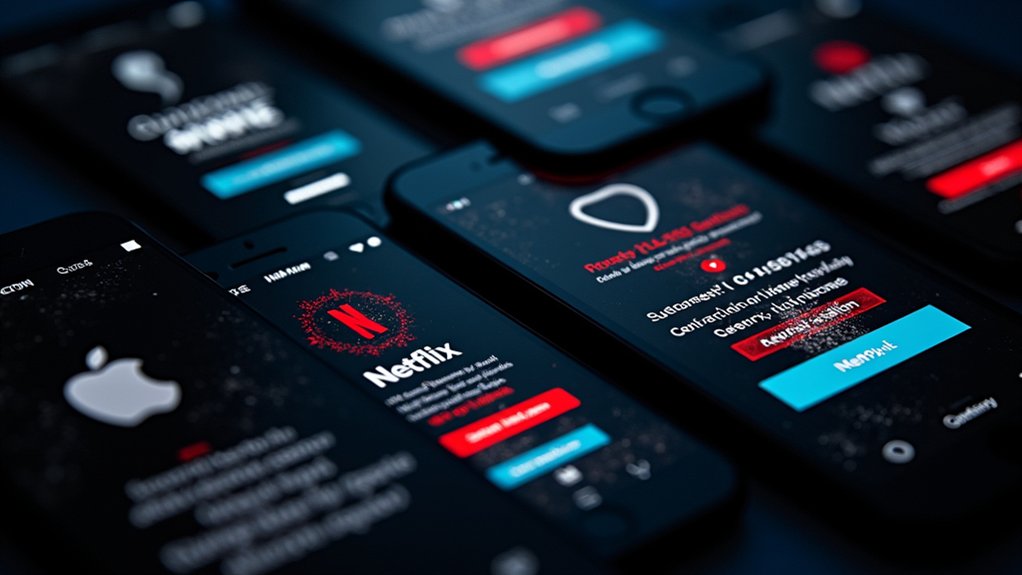Though cybersecurity experts have witnessed numerous data breaches throughout the digital age, none have matched the unprecedented scale of a recently revealed credential leak containing 16 billion login credentials, representing the largest exposure of personal authentication data ever recorded.
The massive dataset encompasses passwords, emails, and usernames from a global user base, creating what security researchers describe as a blueprint for widespread digital identity abuse.
Investigation into the breach’s origins reveals that infostealer malware served as the primary harvesting tool, yet analysis indicates significant padding with outdated and manipulated data. Security experts have determined that many credentials originated from previous breaches, old infostealer logs, and database leaks, with fabricated entries artificially inflating the dataset’s apparent value.
The typical infostealer infection yields approximately 50 credential pairs per compromised device, suggesting that this compilation represents years of aggregated data collection. Zero-day exploits frequently accelerate credential harvesting by targeting previously unknown system vulnerabilities.
The acquisition methods employed by cybercriminals demonstrate sophisticated approaches to credential harvesting. Attackers frequently utilize phishing campaigns to trick users into revealing authentication details, afterward incorporating this information into all-encompassing databases.
Large-scale datasets often result from combining multiple breaches and infostealer logs over extended periods, with criminals sometimes fabricating or modifying credential data to improve perceived value for resale purposes.
The security implications extend far beyond simple account compromise. Exposed credentials allow large-scale phishing operations, account takeover campaigns, and identity theft initiatives that can compromise banking, email, and social media accounts.
Even outdated credentials pose significant risks when users maintain identical passwords across multiple services, allowing attackers to reconstruct digital footprints for precise targeting through spear-phishing and social engineering tactics.
Authorities have responded with urgent warnings and recommendations. Google advises users globally to shift toward more secure authentication methods, particularly passkeys, whereas the FBI cautions against interacting with suspicious messages and links.
Cybersecurity agencies highlight immediate password changes and multi-factor authentication adoption as crucial protective measures. The compromised credentials are readily available for purchase on the dark web, making this threat accessible to cybercriminals with minimal financial resources.
Despite sensational headlines, researchers note that the actionable proportion of valid, unique credentials within the dataset remains substantially lower than reported figures suggest, as data padding tactics artificially maximize perceived value while delivering limited practical utility to potential attackers. The dataset shows striking similarities to the ALIEN TXTBASE leak, where credentials were systematically altered for deceptive purposes.









